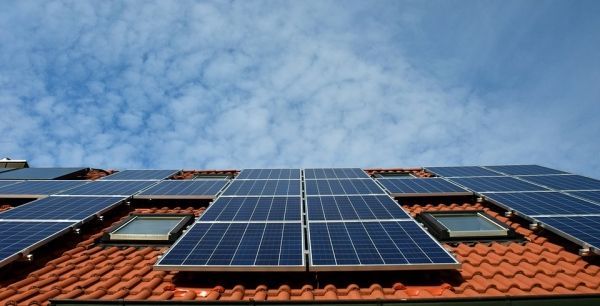California leads the nation in the adoption of rooftop solar systems, but information on which communities do, and do not, benefit from these installations has been limited to broad income classifications and anecdotal observations. Now, the data is in: The adoption of distributed solar – rooftop installations as opposed to industrial-scale operations like solar farms – is closely correlated with socioeconomic status as well as with health, environmental and demographic indicators. The study, published online August 20 in Energy Policy, is the first peer-reviewed analysis of distributed solar adoption in disadvantaged communities.
Solar adoption rates in California’s 5 percent most disadvantaged communities are more than eight times lower than in the state’s 5 percent least disadvantaged communities, researchers found, as identified using CalEnviroScreen, the state’s environmental justice screening tool. Researchers analyzed solar adoption at the census-tract level and they also looked closely at which characteristics of these communities were correlated with solar adoption.
“Income is a big factor in predicting who adopts solar, but it’s not the most important factor,” said lead author Boris Lukanov, PhD, a researcher at Physicians, Scientists and Engineers for Healthy Energy (PSE), the Oakland-based energy science and policy institute. “There is a combination of factors that are more powerful together than any one individually.” In addition to poverty, housing burden, linguistic isolation and low educational attainment rates are three key factors, that, taken together, are correlated with low rooftop solar energy adoption rates in communities across California. “That suggests that it’s not only about financial resources or socioeconomic status. It’s about information and access to information,” Dr. Lukanov said.
Read more at PSE Healthy Energy
Photo Credit: ulleo via Pixabay


